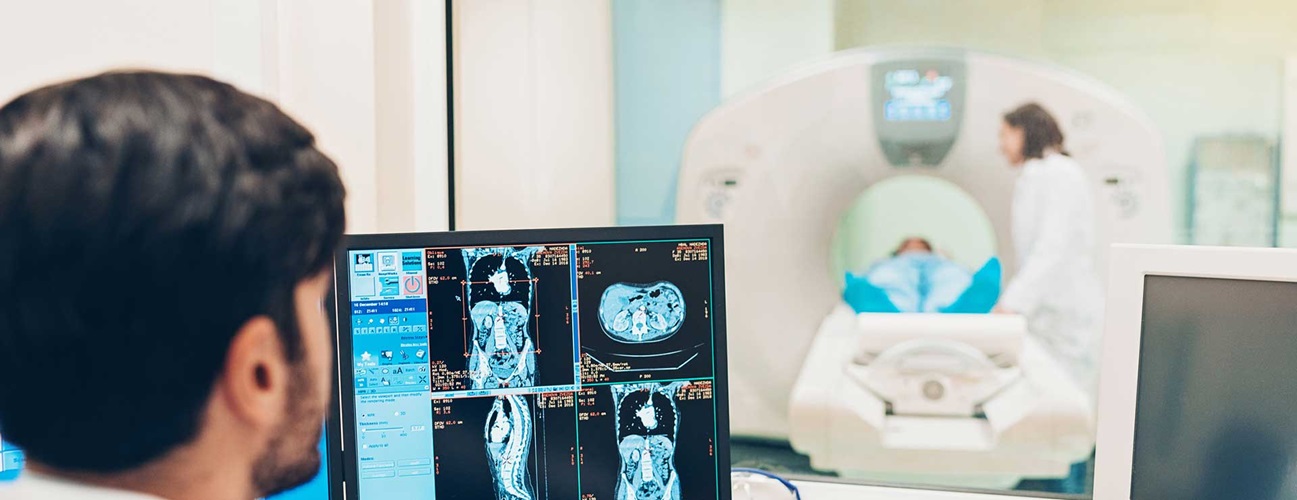Magnetic Resonance Imaging (MRI) has revolutionized the field of medical diagnostics, offering numerous benefits for patients and healthcare providers alike. With its unparalleled ability to produce detailed and accurate images of internal body structures mri rf shielding, MRI enables enhanced diagnostic accuracy and improved treatment planning.
Furthermore, this minimally invasive procedure allows for early detection of medical conditions and precise monitoring of treatment progress.
In this article, we will delve into the evidence-based benefits of MRI, providing valuable insights for those seeking a comprehensive understanding of its advantages.
:max_bytes(150000):strip_icc()/it-ll-be-over-before-you-know-it-512702076-599cf073aad52b001104b457.jpg)
Enhanced Diagnostic Accuracy
Enhanced diagnostic accuracy is a notable advantage of MRI, allowing for more precise and reliable detection of various medical conditions.
MRI, with its advanced imaging technology, provides detailed images of the body’s internal structures Lead brick, surpassing the capabilities of traditional diagnostic methods.
This improved accuracy leads to better patient outcomes by enabling earlier detection and more accurate diagnoses.
For example, in the field of oncology, MRI has proven to be highly effective in detecting and characterizing tumors, providing crucial information for treatment planning.
Additionally, MRI can accurately identify abnormalities in the brain, spine, and musculoskeletal system, aiding in the diagnosis of conditions such as multiple sclerosis, spinal cord injuries, and joint disorders.
The enhanced diagnostic accuracy of MRI plays a vital role in improving patient care and treatment outcomes, allowing for more targeted and effective interventions.
Improved Treatment Planning
One significant advantage of utilizing magnetic resonance imaging (MRI) is its ability to provide more precise and detailed information for treatment planning. MRI has revolutionized the field of medicine by offering improved patient outcomes and personalized treatment options.
With its exceptional spatial resolution and multiplanar capabilities, MRI allows for the visualization of anatomical structures and pathological changes in unparalleled detail. This high level of accuracy enables healthcare professionals to accurately assess and plan treatment strategies tailored to each individual patient’s unique needs.
Minimally Invasive Procedure
Minimally invasive procedures have gained popularity in recent years due to their ability to offer patients a quicker recovery time and reduced risk of complications. These procedures, also known as keyhole surgeries, involve using small incisions and specialized instruments to perform surgical interventions.
Apart from the obvious benefits of reduced scarring and shorter hospital stays, minimally invasive procedures have also been shown to be cost-effective and provide enhanced patient comfort.
Studies have demonstrated that minimally invasive procedures can lead to significant cost savings compared to traditional open surgeries. This is due to factors such as reduced hospitalization time, decreased need for post-operative care, and lower rates of complications.
Furthermore, patients undergoing minimally invasive procedures often experience less pain and discomfort, resulting in improved overall satisfaction and quality of life.

Early Detection of Medical Conditions
Early detection of medical conditions plays a crucial role in improving patient outcomes and reducing healthcare costs. One of the key strategies for early detection is through preventive care, which involves regular screenings and tests to identify potential health issues before they become more serious.
Medical imaging, such as MRI (Magnetic Resonance Imaging), has proven to be a cost-effective tool in this regard. MRI scans can detect abnormalities and diseases in their early stages, allowing for prompt treatment and management. By identifying conditions early on, healthcare providers can intervene before they progress, potentially improving patient outcomes and reducing the need for more expensive and invasive procedures later on.
This proactive approach not only benefits patients but also helps to minimize healthcare costs in the long run.
Precise Monitoring of Treatment Progress
Regular and accurate monitoring of treatment progress is essential for ensuring the effectiveness of interventions and making informed decisions regarding patient care.
In recent years, advancements in technology have allowed for real-time tracking of treatment progress, providing healthcare professionals with valuable insights into the effectiveness of personalized therapy. Real-time tracking involves the use of digital tools and devices that collect data on various aspects of a patient’s health, such as vital signs, medication adherence, and symptoms.
This data is then analyzed and interpreted, allowing healthcare professionals to make informed adjustments to the treatment plan as necessary. By continuously monitoring treatment progress in real-time, healthcare providers can ensure that patients receive the most appropriate and effective care, ultimately leading to improved outcomes and patient satisfaction.
Conclusion
In conclusion, MRI offers numerous benefits in the field of medical diagnostics.
It enhances diagnostic accuracy by providing detailed and precise images, thereby improving treatment planning.
Moreover, it enables minimally invasive procedures and allows for early detection of medical conditions.
Additionally, MRI facilitates precise monitoring of treatment progress.
Overall, the evidence-based approach of MRI contributes to its significance in medical practice, making it an essential tool for healthcare professionals.



